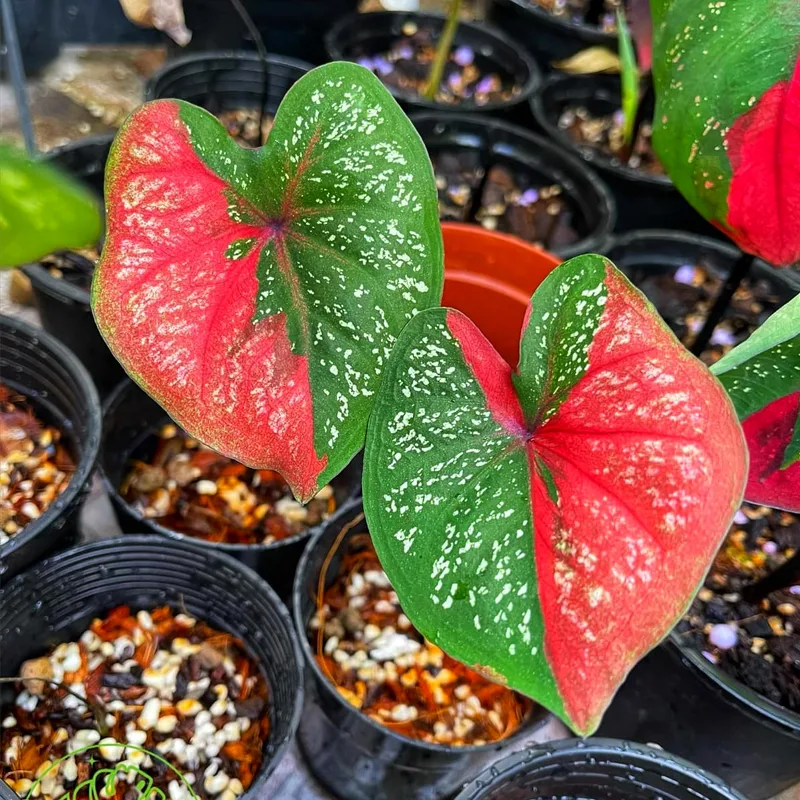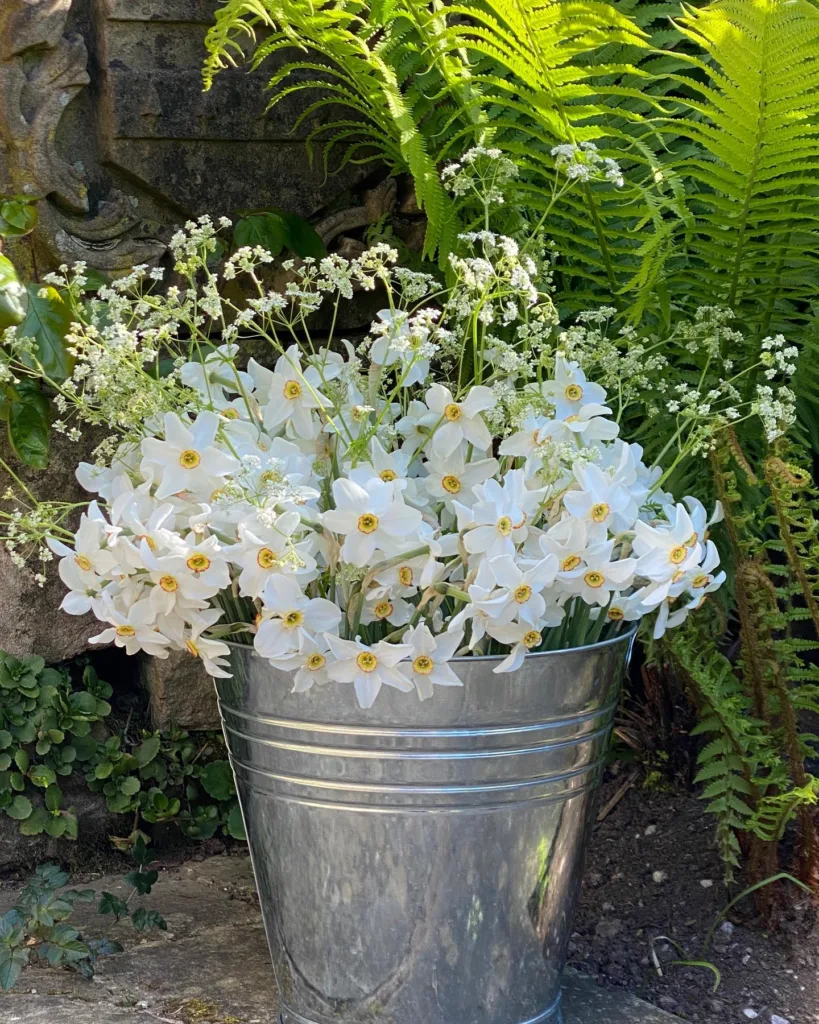Stipa: A Love Letter to Feather Grass
My name is Ferb Vu, and I have a confession to make: I’m utterly captivated by Stipa. It’s a genus of grasses belong to the Poaceae family, yes, but not just any grasses. These are the feather grasses, the needle grasses, the spear grasses – names that evoke images of delicate beauty and quiet strength. And that’s precisely what they are.
I first encountered Stipa years ago, a fleeting glimpse of shimmering inflorescences dancing in the wind. It was like stumbling upon a hidden treasure, a secret world of subtle elegance. I was hooked. Since then, I’ve dedicated myself to learning everything I can about these remarkable plants.
The Allure of Stipa
What is it about Stipa that so enthralls me? It’s the way they capture the essence of the wild, the untamed spirit of the grasslands. Their slender leaves, often a vibrant green, form dense, flowing mounds that whisper with the slightest breeze. And then there are the flowering stalks, rising high above the foliage, adorned with feathery awns that shimmer and sway like liquid silver.
But Stipa is more than just a pretty face. These grasses are hardy survivors, thriving in harsh environments where other plants struggle. They anchor the soil, preventing erosion, and provide shelter and sustenance for wildlife. They are a testament to the resilience and beauty of the natural world.
A Diverse Family
The genus Stipa is incredibly diverse, boasting over 170 species scattered across the globe. Here are just a few of the standouts:
- Stipa academica Hicken
- Stipa × adamii M.Nobis
- Stipa adoxa Klokov & Osychnyuk
- Stipa aktauensis Roshev.
- Stipa × alaica Pazij
- Stipa × albasiensis L.Q.Zhao & K.Guo
- Stipa aliena Keng
- Stipa almeriensis F.M.Vázquez
- Stipa annua Mez
- Stipa apertifolia Martinovský
- Stipa arabica Trin. & Rupr.
- Stipa araxensis Grossh.
- Stipa arenosa (Tzvelev) M.Nobis, P.D.Gudkova, Krzempek & Klichowska
- Stipa argillosa Kotukhov
- Stipa asperella Klokov & Osychnyuk
- Stipa × assyriaca Hand.-Mazz.
- Stipa atlantica P.A.Smirn.
- Stipa austroaltaica Kotukhov
- Stipa austroitalica Martinovský
- Stipa austromongolica M.Nobis
- Stipa badachschanica Roshev.
- Stipa baicalensis Roshev.
- Stipa balansae H.Scholz
- Stipa × balkanabatica M.Nobis & P.D.Gudkova
- Stipa barbata Desf.
- Stipa barrancaensis F.A.Roig
- Stipa basiplumosa Munro ex Hook.f.
- Stipa bavarica Martinovský & H.Scholz
- Stipa baxoiensis Yue Zhang & W.L.Chen
- Stipa borysthenica Klokov ex Prokudin
- Stipa brachyptera Klokov
- Stipa × brevicallosa M.Nobis
- Stipa breviflora Griseb.
- Stipa breviseta Caro & E.A.Sánchez
- Stipa × brozhiana M.Nobis
- Stipa bungeana Trin.
- Stipa capillacea Keng
- Stipa capillata L.
- Stipa caucasica Schmalh.
- Stipa chingii Hitchc.
- Stipa × consanguinea Trin. & Rupr.
- Stipa cretacea P.A.Smirn.
- Stipa × czerepanovii Kotukhov
- Stipa daghestanica Grossh.
- Stipa dasyphylla (Lindem.) Czern. ex Trautv.
- Stipa dasyvaginata Martinovský
- Stipa diastrophica F.A.Roig
- Stipa dickorei M.Nobis
- Stipa donetzica Chuprina
- Stipa dregeana Steud.
- Stipa drobovii (Tzvelev) Czerep.
- Stipa durifolia Parodi ex Torres
- Stipa × dzungarica M.Nobis
- Stipa ehrenbergiana Trin. & Rupr.
- Stipa endotricha Martinovský
- Stipa × fallacina Klokov & Osychnyuk
- Stipa × fallax M.Nobis & A.Nowak
- Stipa feltrina Moraldo, Lasen & Argenti
- Stipa gaubae Bor
- Stipa × gegarkunii P.A.Smirn.
- Stipa glareosa P.A.Smirn.
- Stipa × gnezdilloi Pazij
- Stipa gracilis Roshev.
- Stipa grandis P.A.Smirn.
- Stipa hans-meyeri Pilg.
- Stipa henryi Rendle
- Stipa × heptapotamica Golosk.
- Stipa himalaica Roshev.
- Stipa × hissarica M.Nobis
- Stipa hoggarensis Chrtek & Martinovský
- Stipa hohenackeriana Trin. & Rupr.
- Stipa holosericea Trin.
- Stipa iberica Martinovský
- Stipa illimanica Hack.
- Stipa iranica Freitag
- Stipa isoldeae H.Scholz
- Stipa issaevii Mussajev & Sadychov
- Stipa juncea L.
- Stipa juncoides Speg.
- Stipa × kamelinii Kotukhov
- Stipa karakabinica Kotukhov
- Stipa karataviensis Roshev.
- Stipa karjaginii Mussajev & Sadychov
- Stipa kempirica Kotukhov
- Stipa keniensis (Pilg.) Freitag
- Stipa khovdensis L.Q.Zhao
- Stipa kirghisorum P.A.Smirn.
- Stipa klimesii M.Nobis
- Stipa korshinskyi Roshev.
- Stipa kotuchovii M.Nobis
- Stipa krylovii Roshev.
- Stipa × ladakhensis M.Nobis, Klichowska, A.Nowak & P.D.Gudkova
- Stipa lagascae Roem. & Schult.
- Stipa larisae Ostapko
- Stipa leptogluma Pilg.
- Stipa lessingiana Trin. & Rupr.
- Stipa letourneuxii Trab.
- Stipa lingua Junge
- Stipa lipskyi Roshev.
- Stipa longiplumosa Roshev.
- Stipa macbridei Hitchc.
- Stipa macroglossa P.A.Smirn.
- Stipa magnifica Junge
- Stipa × majalis Klokov
- Stipa × manrakica Kotukhov
- Stipa margelanica P.A.Smirn.
- Stipa martinovskyi Klokov
- Stipa mayeri Martinovský
- Stipa media (Speg.) Caro
- Stipa meridionalis F.M.Vázquez & Devesa
- Stipa milleana Hitchc.
- Stipa mongolorum Tzvelev
- Stipa munroana Bor
- Stipa nachiczevanica Mussajev & Sadychov
- Stipa narynica M.Nobis
- Stipa neaei Nees ex Steud.
- Stipa nitens (Ball) Ball
- Stipa novakii Martinovský
- Stipa offneri Breistr.
- Stipa okmirii A.V.Dengubenko
- Stipa orientalis Trin.
- Stipa ovczinnikovii Roshev.
- Stipa pachypus Pilg.
- Stipa penicillata Hand.-Mazz.
- Stipa pennata L.
- Stipa petriei Buchanan
- Stipa plumosa Trin.
- Stipa pogonathera É.Desv.
- Stipa polyclada Hack.
- Stipa pontica P.A.Smirn.
- Stipa przewalskyi Roshev.
- Stipa × pseudocapillata Roshev.
- Stipa × pseudomacroglossa M.Nobis
- Stipa psylantha Speg.
- Stipa pugionata Caro & E.A.Sánchez
- Stipa pulcherrima K.Koch
- Stipa pungens Nees & Meyen
- Stipa purpurea Griseb.
- Stipa rechingeri Martinovský
- Stipa regeliana Hack.
- Stipa richteriana Kar. & Kir.
- Stipa roborowskyi Roshev.
- Stipa rohmooiana Noltie
- Stipa rosea Hitchc.
- Stipa sareptana A.K.Becker
- Stipa scholzii Valdés
- Stipa scirpea Speg.
- Stipa sczerbakovii Kotukhov
- Stipa shanxiensis B.Nie & W.Hao Zhang
- Stipa sicula Moraldo, la Valva, Ricciardi & Caputo
- Stipa sosnowskyi Seredin
- Stipa subaristata (Matthei) Caro & E.A.Sánchez
- Stipa × subdrobovii M.Nobis & A.Nowak
- Stipa subplumosa Hicken ex F.A.Roig
- Stipa subsessiliflora (Rupr.) Roshev.
- Stipa syreistschikowii P.A.Smirn.
- Stipa × tadzhikistanica M.Nobis
- Stipa × talassica Pazij
- Stipa tianschanica Roshev.
- Stipa tigrensis Chiov.
- Stipa tirsa Steven
- Stipa tortuosa É.Desv.
- Stipa transcarpatica Klokov
- Stipa tremula (Rupr.) M.Nobis
- Stipa trichoides P.A.Smirn.
- Stipa turkestanica Hack.
- Stipa × tzveleviana Kotukhov
- Stipa × tzvelevii Ikonn.
- Stipa ucrainica P.A.Smirn.
- Stipa × zaissanica Kotukhov
- Stipa zalesskyi Wilensky ex Grossh.
- Stipa zeravshanica M.Nobis
- Stipa zhadaensis L.Q.Zhao & K.Guo
- Stipa zuvantica Tzvelev
More Than Just Ornamental
While Stipa is often used for ornamental purposes, its significance goes far beyond aesthetics. Historically, these grasses have played vital roles in various cultures. Some species were used for weaving baskets and mats, while others were employed in traditional medicine. Even today, Stipa continues to be an important source of fodder for livestock in certain regions.
The Future of Stipa
As the world faces increasing environmental challenges, the importance of plants like Stipa becomes even more apparent. Their ability to thrive in arid conditions and prevent soil erosion makes them valuable allies in the fight against desertification. Moreover, their role in supporting biodiversity and providing habitat for wildlife cannot be overstated.
I believe that Stipa has a bright future. As more people discover the beauty and resilience of these grasses, their popularity will continue to grow. And as we learn more about their ecological importance, we can harness their potential to restore and protect our planet.
For me, Stipa represents hope. It is a symbol of nature’s enduring strength and beauty, a reminder that even in the face of adversity, life finds a way to flourish. I will continue to admire and study these remarkable grasses, and I hope that my passion for Stipa will inspire others to appreciate the wonders of the natural world.
If i die, water my plants!



